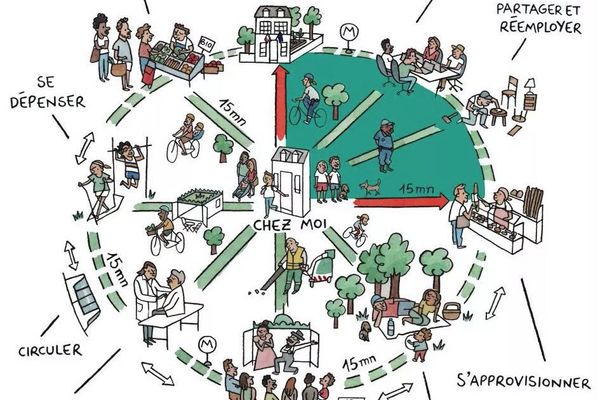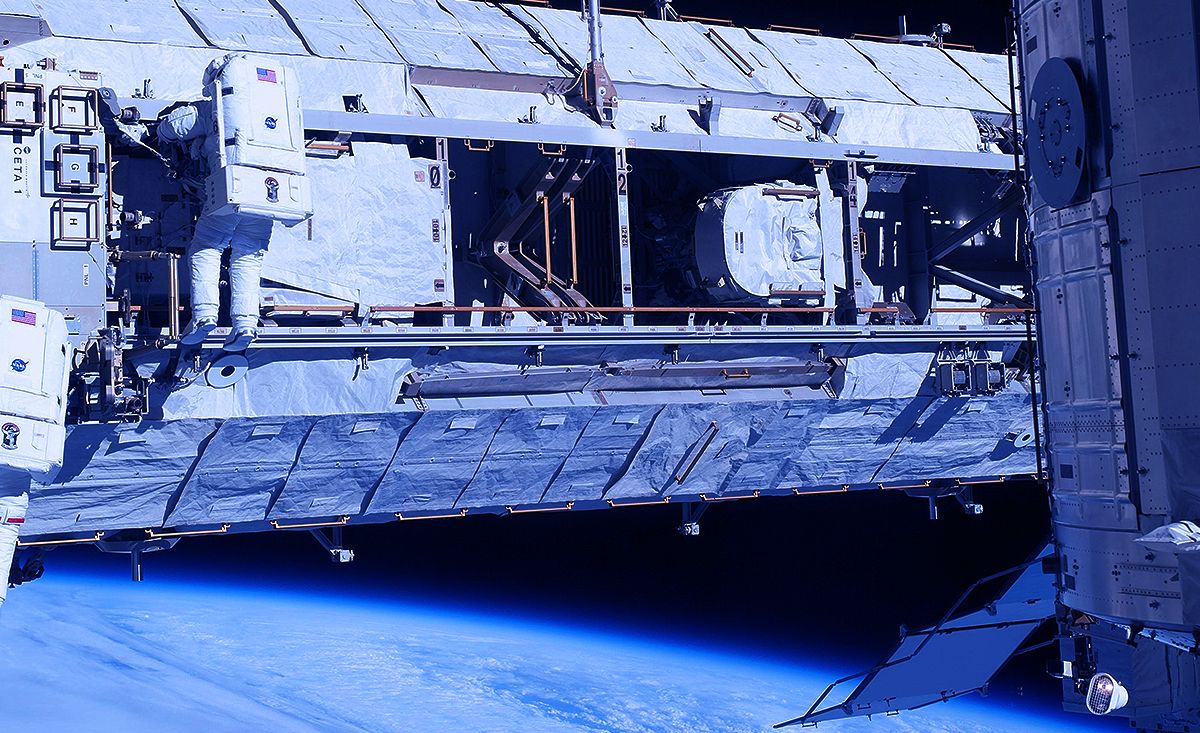The Hungarian space industry can look back on several decades of history, the Russian radiation-detection equipment used on the International Space Station is supplied by Hungary, and the global space industry could be a trillion-dollar business by 2040, and Central Europe is not going to be left out of it. We spoke to the space lawyer, space entrepreneur and investor István Sárhegyi.
In general, what are Hungarian companies even doing in space? When did this broad horizon open up in Hungary?
The Hungarian space industry goes back at least decades, and the golden age was the 1970s and ‘80s, the so-called Interkosmos era, which peaked with Bertalan Farkas’ space mission in 1980. After the change of regime, the Hungarian space industry lost the priority it had enjoyed during the Soviet space program. A paradigm shift occurred in 2018. The primary international reason for this is that we have entered a new space age, which basically has three pillars. The first is that new services have been launched and revenues have started to grow. By 2040, the space industry could have $1 trillion in global revenues. The second pillar is a steady reduction in costs: by 2040, it will cost no more than $100 to put a single kilogram into space. If revenues grow and prices fall, private investors and start-ups will show up—this is the third pillar. Although the private space sector is still developing with public money, market-based sustainability is not far away. And the domestic reason for the paradigm shift is that without the state there is no space industry, and therefore without the Hungarian state, there is no Hungarian space industry. The whole country has recognized the potential of the new space age, and Hungarian companies, research institutes and universities have joined.
In terms of Hungarian market developments, competencies and achievements, what are the three long-term strategic directions worth highlighting?
From a market perspective, something that makes sense is the satellite communication and the production of communication units and the satellite industry as a whole, be it cube satellites or components for larger satellites. The second area is materials science and engineering, precision CNC. The third is radiation protection, testing and measurement, where Hungary has a high level of competence. These three areas have long exceeded the scientific stage and are proven in the market.
How big is the scale of the Hungarian companies’ space projects?
They are not yet significant in terms of GDP, but the sector is developing dynamically. If I look at my own interests, we have multiplied our revenues in the last year, if only because the Hungarian state is an active member of the European Space Agency, which has opened up opportunities for Hungarian companies. Many projects have become available, new areas are on the market, the largest programs costing € 3-5 million.
Hungarian companies and developments are basically working with Western suppliers and partners, or is there already an Eastern turn towards India, China or even Russia?
I expect exponential growth. How this will translate into concrete figures is a question, but if the ecosystem is built properly, the space sector in Hungary could be worth a few hundred billion forints.
Hungarian companies and developments are basically working with Western suppliers and partners, or is there already an Eastern turn towards India, China or even Russia?
The Hungarian space industry is in a very fortunate position geopolitically and historically; we have a traditionally good relationship with Russia because of the Interkosmos period. Today, the Russian radiation measuring instruments used on the International Space Station are supplied by Hungary. However, Hungary’s top priority international partner is the European Space Agency, as it has been a full member since 2015, and most of its projects come from there. NASA is also a partner for some Hungarian companies through its European relations, and Hungary is participating in the new US lunar program, including the development of the US space base around the moon. But the market is global, so there are occasional deliveries to the Middle East or India, but it is also important that China is a very unique and closed system that is self-sufficient.
How developed is our country at a regional level? Compared to the Polish and Czech sectors, where does Hungary stand?
The basic idea is that the space industry needs to be developed regionally, and Hungary can play a vital role in this. Even as an investor, as we have set up a private equity fund for the space industry, which aims to develop the Central and Eastern European region through private investment with a Polish, Czech and Hungarian focus. These countries, especially Central Europe, have a huge potential because they have four to five decades of space heritage and knowledge that can now be marketed in the new space era. Poland has just published its national space strategy, whose main element is to develop its own launchers, sending small satellites into low Earth orbit. The Czechs are traditionally talented in manufacturing and Hungary in the areas mentioned. If these countries can develop cooperation, not only on a political but also on a business basis, these capabilities can be mapped and aligned. By bringing the region together with companies and investors, we can create a Central and Eastern European space industry ecosystem that can become fully competitive on a global scale. This will make us a strong and important player in the global value chain.
István Sárhegyi is a space lawyer and industry expert. He holds a law degree from the Faculty of Law of the Eötvös Loránd University, complemented by the qualification from the International Space University. He is the founder and CEO of REMRED, a space industry company, the founder of Herius Capital space fund and advisor to the President of 4iG, and co-founder of CarpathiaSat.

The community is important as together, everything is better!—Here’s Westend’s creative competition again

The satire of satire—A collaboration between Zsigmond Dora menswear and tattoo artist Áron Dimén










